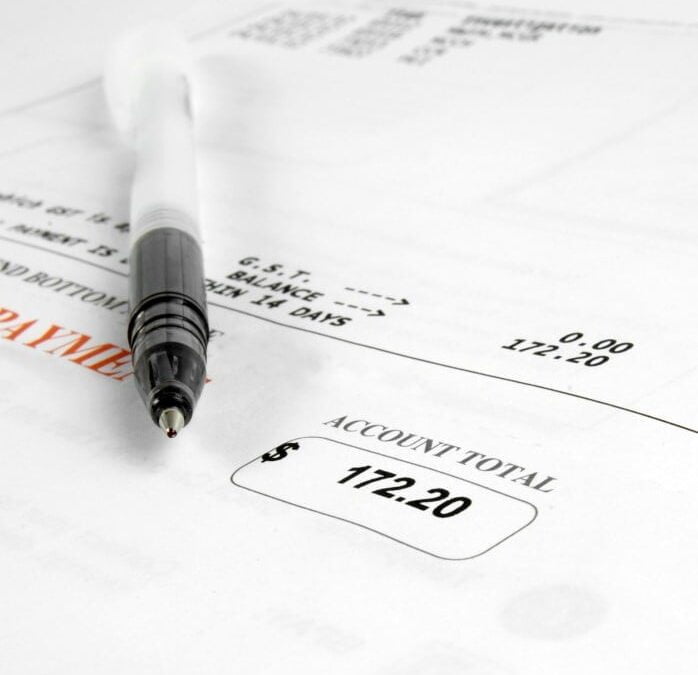When you sell property for more than you paid for it, you may have to pay capital gains tax.
However, some situations could potentially result in you paying very little or even nothing at all
in taxes, depending on the sale and property type.
If this is something you’re considering, it could be worth contacting us at SpringHill to help you
assess the tax implications of selling a home or investment property and buying another, as
well as help you determine how a home purchase or sale could fit into your overall financial
plan. Speaking with an expert can be a great first step to helping make sure you’re on track to
meet your financial goals. Research suggests people who work with a financial advisor could
end up with about 15% more money to spend in retirement (“Journal of Retirement Study
Winter” 2020). A 2022 Northwestern Mutual study found that 62% of U.S. adults admit their
financial planning needs improvement. However, only 35% of Americans work with a financial
advisor.(“Planning and Progress”, Northwestern Mutual 2022)
How Does Capital Gains Tax Work for a Home Sale?
When you sell your home, the IRS allows one major form of capital gains tax break: The home
sale exclusion. This could allow you to deduct a significant amount of the profit from your home
sale to help minimize or potentially avoid capital gains taxes. There are two ways to approach
this: one for homeowners and one for investment property owners
Section 121: The Home Sale Exclusion (for homeowners)
This allows taxpayers to potentially exclude capital gains from the sale of their primary
residence. In 2024, this exclusion allows individual taxpayers to exclude up to $250,000 from
the sale of their primary home ($500,000 for joint taxpayers).
Section 1031: The Like-Kind Exchange (for investment property owners)
This allows taxpayers to potentially defer paying capital gains tax on an investment property
sale by using the proceeds to buy another similar property. Taxable capital gains may only apply
to the amount made on a sale. This means you could hypothetically first deduct the price you
paid for the home, then remove any tax-deductible improvements or expenses. Then, you
deduct the home sale exclusion. Whatever is left is the amount on which you owe taxes.
How Like-Kind Exchanges Can Help Avoid Capital Gains Tax
Generally, when sellers make this type of exchange, they are not required to recognize a gain or
loss under Internal Revenue Code Section 1031.
Like-kind exchanges must meet three general requirements:
1) This property must be held as an investment asset. It cannot be a home for personal use.
Generally, if you ever stay at this property it will probably not count for a 1031-like-kind
exchange.
2) This property must generate income through rental or other uses. You cannot hold the
property just as an investment for a later sale.
3) The property you buy must be of the same “character and class” as the property sold. This is
generally a low requirement, as the IRS considers most real estate fungible for this purpose.
You do not need to make a direct swap in a like-kind exchange. Instead, once you sell your first
investment property, you can put the proceeds into escrow and then have 180 days to find and
purchase another similar piece of property. This new purchase must also generate income
through rentals or other use, and also be exclusively for business purposes.
You could then potentially use your escrowed funds to buy this property. If you do so, the IRS
may allow you to consider this an exchange and you may not have to pay taxes on the proceeds
from your original sale.
Contact our experts at SpringHill to receive other strategies to save money by reducing your tax
liabilities at 347-701-5963.

